Fish Risk
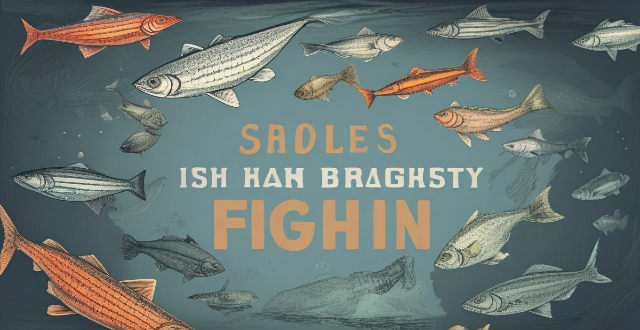
Is it safe to eat raw fish like sushi and ceviche at home ?
The text delves into the safety concerns of consuming raw fish at home, highlighting potential risks such as foodborne illnesses and toxin exposure. It then provides guidelines on selecting, handling, and preparing raw fish to minimize these risks. Despite these precautions, it emphasizes that complete risk elimination is impossible and advises enjoying raw fish responsibly.
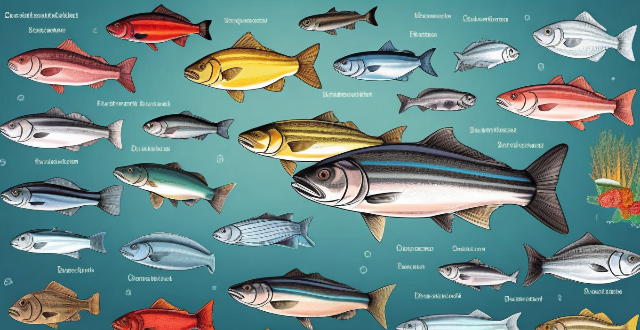
What are some tips for pan-searing a fillet of fish ?
The article provides a comprehensive guide on how to pan-sear a fillet of fish. It emphasizes the importance of choosing the right type of fish, seasoning it well, using the right cooking equipment, and following specific steps for optimal results. The tips include dry-seasoning the fish, adding enough oil to the pan, flipping the fish carefully, and allowing it to rest before serving.

How do I prepare a perfect grilled fish ?
Grilling fish is a delightful culinary experience that can be perfected with the right preparation and process. Here's a step-by-step guide to help you achieve perfection every time you fire up the grill for your favorite fish: 1. **Preparation** - **Choosing the Right Fish**: Opt for fresh fish, aim for fillets that are at least 1-inch thick, and choose types of fish like salmon, sea bass, and swordfish that are great for grilling due to their natural fat content. - **Marination**: Decide on the flavor profile you want, marinate the fish for at least 30 minutes to an hour in the refrigerator, but be cautious not to leave it too long as the acid in the marinade can start to cook the fish. - **Grill Prep**: Ensure your grill is clean to avoid any unwanted flavors and lightly oil the grates to prevent sticking. 2. **Grilling Process** - **Preheating the Grill**: Preheat the grill to medium-high heat, ideal temperature range between 375°F to 450°F (190°C to 230°C). - **Cooking the Fish**: Place the fish skin side down on the grill, flip the fish only once, and use a wide spatula to carefully flip and remove the fish without breaking it. - **Checking for Doneness**: The flesh should turn from translucent to opaque and give a gentle poke; it should flake easily with a fork. 3. **Serving Suggestions** - **Lemon Wedges**: Serve with wedges of lemon to add a fresh citrus note. - **Herb Sauce**: Pair with a simple herb sauce or compound butter. - **Side Dishes**: Consider serving with grilled vegetables, a fresh salad, or roasted potatoes. By following these steps, you will be able to prepare a perfect grilled fish that is sure to impress your guests or simply satisfy your own cravings for a delicious meal. Enjoy the process and savor the flavor!
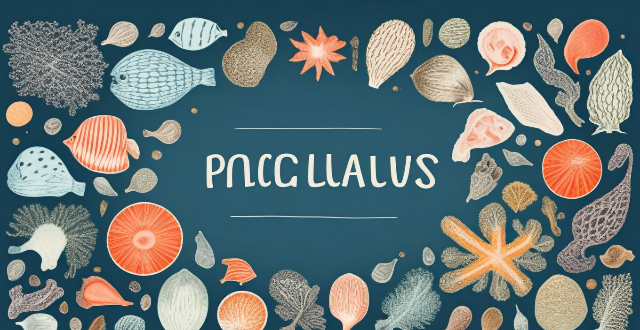
What kind of seasonings work well with different types of fish ?
This text provides a comprehensive guide to seasonings for various types of fish and shellfish, categorized by freshwater and saltwater species. It offers specific seasoning suggestions for each type of fish or shellfish, such as salmon, trout, catfish, tuna, mahi-mahi, sardines, anchovies, shrimp, lobster, crab, clams, mussels, and oysters. The suggested seasonings aim to enhance the natural flavors of the seafood while adding depth and complexity to the dishes.
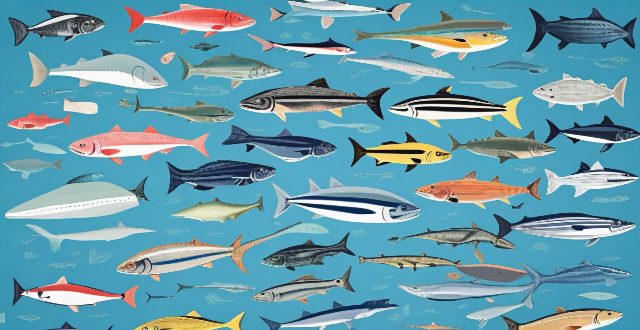
How do changing ocean temperatures influence fish migration patterns ?
This article explores how changing ocean temperatures influence fish migration patterns, affecting fish populations and the fishing industry. Water temperature plays a crucial role in fish metabolism, growth rates, reproduction, and survival, making it essential to understand its impact on migration patterns. Changing ocean temperatures can alter habitat conditions, food availability, cause physiological stress, and affect reproduction, leading to decreased abundance, shifting fishing grounds, economic losses, and ecosystem disruption. Monitoring ocean temperatures and adapting fishing practices are crucial for managing fish populations sustainably and mitigating the negative impacts of climate change on marine ecosystems.

How is ocean acidification due to carbon dioxide absorption affecting the health of fish stocks ?
**Ocean Acidification and Its Impact on Fish Stocks** The absorption of carbon dioxide (CO2) from the atmosphere into the ocean causes ocean acidification, leading to a decrease in pH levels and increased acidity. This phenomenon poses significant threats to marine life, particularly fish stocks, through various effects: 1. **Changes in Calcium Carbonate Availability:** As the ocean becomes more acidic, there is less calcium carbonate available for shell formation in many fish species, affecting their growth and survival, especially during early developmental stages. 2. **Altered Food Web Dynamics:** Acidification can cause changes in plankton communities, disrupting the food chain and affecting predator-prey relationships, potentially leading to overpredation or starvation among certain fish species. 3. **Behavioral Changes:** Increased acidity can interfere with sensory systems in fish, affecting their ability to find food, avoid predators, and navigate. It may also alter reproductive behavior, leading to reduced breeding success. 4. **Energy Allocation:** Acidification increases metabolic costs associated with maintaining physiological functions, reducing resources available for growth, reproduction, and other essential processes. It can also weaken the immune system, making fish more susceptible to diseases and parasites. Understanding these effects is crucial for developing strategies to mitigate the impacts of ocean acidification and protect marine ecosystems.

What is the risk involved in investing in bonds ?
Investing in bonds carries risks such as interest rate, credit, inflation, liquidity, reinvestment, call, prepayment, foreign currency, and political/regulatory changes. Understanding and managing these risks is crucial for protecting your investment. Diversifying your portfolio across different types of bonds and monitoring market conditions can help mitigate these risks.
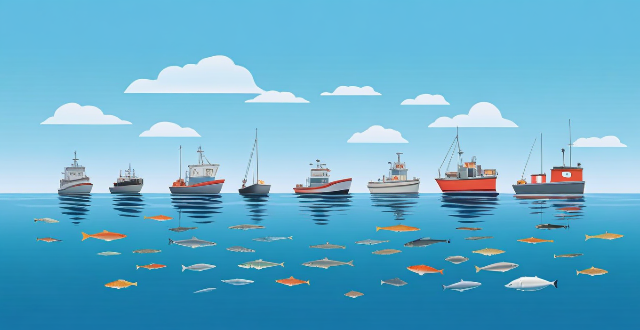
What role do climate models play in predicting future fishery yields ?
Climate models are essential for predicting future fishery yields by analyzing ocean conditions, projecting changes in fish population dynamics, and evaluating potential impacts on management strategies. They help identify shifts in habitats, migration patterns, growth rates, recruitment success, mortality rates, fishing quotas, spatial management needs, and diversification opportunities. This knowledge aids in developing resilient and adaptive approaches to ensure the long-term sustainability of fisheries resources amidst climate change.

What are the key components of a successful disaster risk management plan ?
Key Components of a Successful Disaster Risk Management Plan include: 1. Risk Assessment 2. Prevention and Mitigation Strategies 3. Preparedness Activities 4. Response Mechanisms 5. Recovery and Rehabilitation 6. Continuous Improvement

Why is it important to conduct a climate risk assessment ?
Climate risk assessment is crucial for understanding the potential impacts of climate change on different sectors and systems, identifying vulnerabilities and risks, developing adaptation strategies and policies, enhancing resilience and reducing losses, and supporting decision making. It helps in building a more resilient and sustainable future for all.
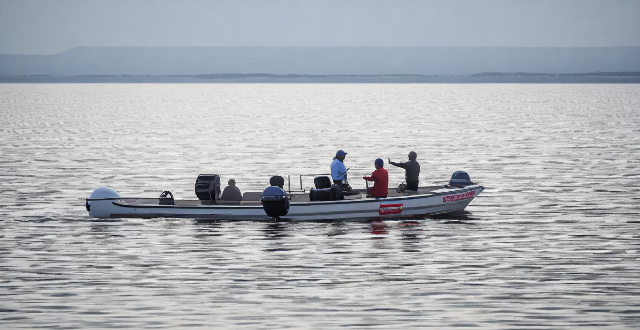
How does climate change affect the fishing industry ?
Climate change affects the fishing industry through changes in water temperature, ocean acidification, extreme weather events, changes in fisheries management policies, and economic impacts. These factors can lead to overfishing, reduced fish populations, damage to infrastructure and equipment, disruption of natural habitats, and decreased profitability for fishermen. To address these challenges, sustainable management practices and international cooperation are necessary to ensure the long-term viability of the fishing industry.

How can governments implement climate risk management policies to protect their citizens and infrastructure ?
Governments can implement climate risk management policies by assessing the risks, developing a comprehensive plan, investing in resilience and adaptation measures, engaging stakeholders and building public awareness, and monitoring and evaluating progress.
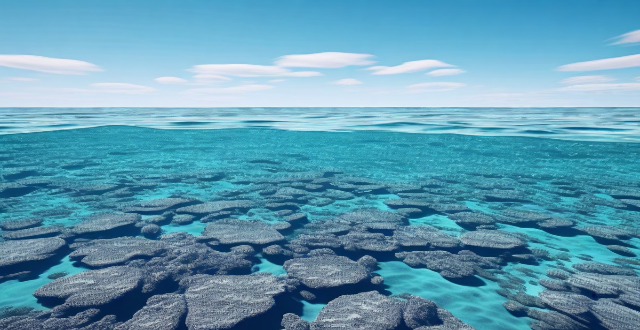
What are the impacts of global warming on marine life and fish populations ?
The provided text discusses the impacts of global warming on marine life, particularly fish populations. It outlines how rising ocean temperatures alter habitats and affect metabolic rates; how ocean acidification disrupts calcification processes; how changes in currents and water circulation alter migration patterns and species ranges; the loss of coral reefs and its implications; the effects of extreme weather events on marine environments; and the challenges these changes present for resource management. The conclusion emphasizes the need for collective efforts to mitigate the effects of global warming on oceans.

What is disaster risk management ?
Disaster risk management (DRM) is a comprehensive approach aimed at reducing the impact of natural and human-made disasters on communities. It involves understanding, assessing, and reducing risks through prevention, preparedness, response, and recovery strategies. The goal is to ensure that people's lives and livelihoods are not compromised by disaster events. Key components include risk assessment, hazard mitigation, early warning systems, emergency planning, community education, immediate action, coordination, rehabilitation, reconstruction, and sustainable development. Best practices involve multi-stakeholder collaboration, gender sensitivity, use of technology, inclusive planning, and regular review and updating. Challenges include limited resources, political will, information gaps, and cultural differences. Effective DRM requires a multifaceted approach that considers social, economic, and environmental factors.

What is climate risk assessment ?
Climate risk assessment is a systematic process that identifies, evaluates, and prioritizes the potential impacts of climate change on a specific region or sector. It involves analyzing the likelihood and severity of various climate-related risks, such as extreme weather events, sea level rise, and changes in temperature and precipitation patterns. The goal of climate risk assessment is to inform decision-makers about the risks associated with climate change and help them develop strategies to manage and adapt to these risks. Key components of climate risk assessment include identifying potential risks, evaluating their potential impacts, prioritizing them based on severity and likelihood of occurrence, and developing adaptation strategies to reduce potential impacts. By implementing these strategies, decision-makers can help ensure that their communities are better prepared for the challenges posed by climate change.

How does risk management relate to compliance and regulatory requirements ?
Risk management and compliance are interconnected aspects of organizational operations, aimed at safeguarding against potential losses and legal issues. Risk management identifies and prioritizes risks impacting objectives, while compliance ensures adherence to laws and regulations. An integrated approach enhances efficiency, and collaboration between departments is key for success. Regulatory requirements significantly influence risk management and compliance strategies, with direct rules and indirect environmental changes. Understanding these dynamics is vital for maintaining reputation and avoiding compliance breaches.

How do banks manage credit risk ?
Banks manage credit risk through a variety of methods and strategies to ensure the stability of their operations and protect against potential losses. They identify and assess credit risk using credit scoring models, financial analysis, and credit reports. They mitigate credit risk through diversification, collateral and guarantees, and credit derivatives. Banks monitor and control credit risk by ongoing monitoring, loan loss reserves, and regulatory compliance. In case of credit risk events, banks recover through workout agreements, legal recourse, and communication with stakeholders. By employing these strategies, banks aim to minimize credit risk while still providing essential lending services to support economic growth and individual prosperity.

What role do scientists play in climate risk assessments ?
Scientists are crucial in climate risk assessments, analyzing data, developing models, and providing recommendations for mitigating risks. They collect data from multiple sources and use statistical methods to identify trends, create computer models to predict impacts, develop strategies to mitigate risks, and communicate their findings to build support for policies and actions.

How can organizations create a culture of risk awareness among employees ?
Organizations can create a culture of risk awareness among employees by implementing strategies such as leadership buy-in, training and education, open communication channels, integrating risk management into daily operations, recognizing and rewarding risk awareness, and continuous improvement. These efforts will help employees proactively identify, assess, and manage risks more effectively.

How can companies implement effective risk management strategies ?
Effective Risk Management Strategies for Companies Risk management is a critical aspect of any business operation. It involves identifying, assessing, and prioritizing potential risks that could impact the company's objectives. Here are some effective risk management strategies that companies can implement: 1. Identify Potential Risks: The first step in implementing effective risk management is to identify potential risks. This involves analyzing the company's operations and processes to determine what could go wrong. Some common types of risks include financial risks, operational risks, strategic risks, and compliance risks. 2. Assess and Prioritize Risks: Once potential risks have been identified, they need to be assessed and prioritized based on their likelihood and potential impact. This involves assigning each risk a score based on its severity and probability of occurrence. The risks can then be ranked in order of priority, with the most significant risks being addressed first. 3. Develop Risk Mitigation Plans: For each identified risk, a mitigation plan should be developed. This plan should outline the steps that will be taken to reduce or eliminate the risk. Mitigation plans can include avoidance, reduction, transfer, or acceptance. 4. Monitor and Review Risks Regularly: Risk management is an ongoing process, and companies should regularly monitor and review their risks. This involves tracking changes in the business environment and updating risk assessments accordingly. It also involves evaluating the effectiveness of risk mitigation plans and making adjustments as needed. In conclusion, effective risk management strategies involve identifying potential risks, assessing and prioritizing them, developing mitigation plans, and regularly monitoring and reviewing them. By implementing these strategies, companies can reduce their exposure to risks and protect their operations and bottom line.

What are the best techniques for cooking seafood ?
The article provides a summary of the best techniques for cooking seafood, which include poaching, grilling, steaming, and baking. Poaching is a gentle method of cooking seafood in a flavorful liquid such as water, broth or wine. Grilling is ideal for firm-fleshed fish like salmon or swordfish and adds flavor and texture to seafood. Steaming is a healthy way to cook seafood without adding extra fat and works well for fish fillets or shellfish like clams or mussels. Baking is a dry heat method that works well for thicker cuts of fish like cod or haddock. The article emphasizes the importance of paying attention to timing and temperature to avoid overcooking seafood.
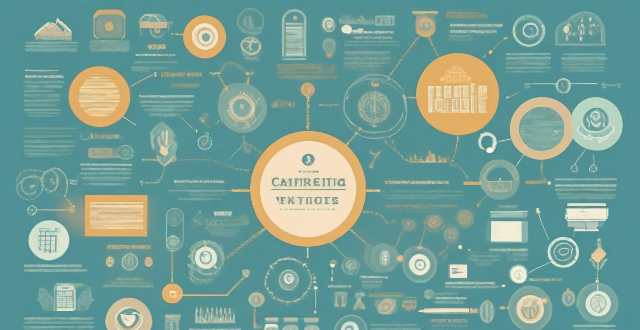
What are some common tools and techniques used in risk management ?
Risk management is a process that involves identifying, assessing, and prioritizing potential risks. There are various tools and techniques used in risk management, including brainstorming, Delphi method, checklists, qualitative and quantitative assessment, risk matrix, cost-benefit analysis, avoidance, reduction, transference, acceptance, continuous monitoring, and audits. These tools and techniques help organizations and individuals manage risks effectively and make informed decisions.